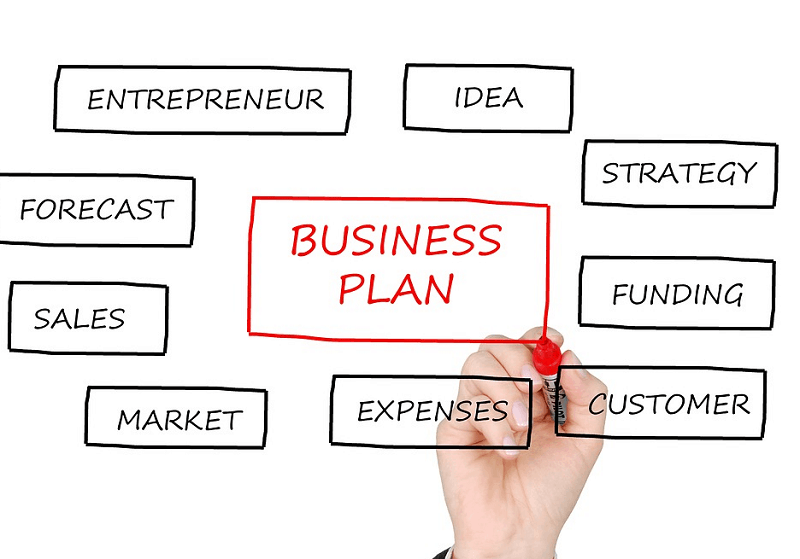Organizations operating in today’s ever-evolving business environment must equip their employees with the skills and knowledge required for current and future demands, which is best achieved through designing corporate learning programs aligned with their current business goals. According to 92% of employees, good training and development programs positively affect their engagement levels, which brings benefits for the company and leadership involved.
Such programs not only improve employee performance but also drive the organization toward its strategic objectives. However, designing such effective programs requires careful planning and implementation. This guide offers key strategies for creating one to support company success.

Table of Contents
Investing in Employee Training Platforms
The first step in designing an effective corporate learning program that matches business goals: investing in the appropriate tools. Employee training platforms offer structured ways of delivering content, tracking progress, and assessing performance. A good platform should provide numerous forms of content such as videos, webinars, and quizzes, allowing employees flexible yet engaging learning experiences.
An employee training plan template is equally crucial to the business. A template helps standardize training across departments and ensure alignment with company goals while serving as a guide for creating content tailored specifically to meet team members’ individual needs and company-wide objectives. An employee training template both saves time and ensures key elements such as learning outcomes, assessment methods, and progress tracking are defined from the get-go. This combination ensures your successful learning program that directly ties back into business strategy!
Align Learning Objectives with Business Outcomes
For your company’s learning program to have a strong effect, it needs close alignment with the business objectives of your organization. The first step is to identify key abilities and competencies that are crucial for reaching these objectives. For instance, if the aim of a company is enhancing the satisfaction levels among customers, the training program should incorporate sections on outstanding customer service practices, communication ability development, and problem-solving techniques.
Cooperation is crucial in this stage, between leaders of departments and the human resource team. By recognizing distinct obstacles and opportunities that each department encounters, you can create learning objectives linked directly to performance measures and KPIs (Key Performance Indicators). Make sure these learning goals are quantifiable and actionable so it becomes simple to monitor advancement and evaluate if training achieves the expected outcomes.
Also, constant input from the workers can aid in sharpening these goals over time. As company targets change, learning schemes should also adapt. This continuous realignment makes sure that the abilities gained by employees stay pertinent and that the educational program continues to be an essential part of the firm’s enduring success plan.
Utilizing Custom Learning Paths
One-size-fits-all learning programs often fall short of meeting the diverse learning needs of an organization’s workforce. Employees come from diverse educational backgrounds and possess varied degrees of experience and learning preferences; therefore creating corporate learning programs with custom-tailored paths is crucial in order to increase engagement and effectiveness.
Personalized learning allows employees to focus on areas in which they require the most development while bypassing content they already mastered. For instance, managers might benefit from additional leadership and team management training while junior employees could focus more on mastering technical skills.
Modern learning platforms often employ AI-powered features to suggest relevant courses based on an individual’s role, experience, and performance history. Empowering employees with ownership over their learning journey not only fosters autonomy but also ensures they develop skills applicable directly to their job roles. When training material relates directly to work requirements—like a buyer’s agent course—they’re more likely to engage with it fully and complete courses successfully while applying lessons learned back onto real-world business challenges.

Foster a Continuous Learning Culture
Corporate learning programs should not be seen as one-time events but as ongoing processes. Skills quickly become outdated in our competitive business climate; companies that do not prioritize continuous learning risk being left behind. To avoid this happening, organizations must promote an environment that encourages their employees to develop new abilities regularly.
One effective approach for continuous learning is microlearning- delivering content in bite-size pieces throughout the workday that employees can consume without feeling overwhelmed, reinforcing key concepts over time. Microlearning makes continuous education accessible.
Companies should promote employee learning and development with rewards, both internal and external. Recognizing employees who show dedication to professional growth can motivate others to follow suit; bonuses, promotions, or simply public acknowledgment can increase participation in corporate learning initiatives and enhance participation levels significantly. By making learning part of your corporate culture employees will more naturally align their own individual development with organizational goals.
Assessing Success and Modifying Program
No corporate learning program would be complete without effective methods for tracking its effectiveness. In order to determine whether it meets business goals and impacts overall company performance positively, individuals’ progress and overall impacts must all be tracked throughout their learning program’s implementation and monitoring period.
Launch training by setting clear metrics of success. Metrics could include completion rates, employee engagement levels, knowledge retention (assessed through quizzes or practical assessments), how employees apply their new skills on the job as well as feedback from managers and peers on its effectiveness.
Your program should monitor its impact on business outcomes such as increased sales, enhanced customer satisfaction, and higher employee retention rates. If desired results do not materialize as anticipated, changes to content or delivery methods may need to be implemented immediately, or regular reviews and refining to keep aligning with evolving goals while continuing to add value for employees and the organization as a whole.
Bottom Line
Crafting corporate learning programs that align with your business goals is a complex undertaking, requiring careful consideration and planning. By following the methods outlined above, organizations can design effective programs that foster both employee development and long-term business growth. Especially as market conditions shift due to technological innovations, an effective corporate learning program will remain essential in staying competitive and driving long-term growth for any enterprise.
























